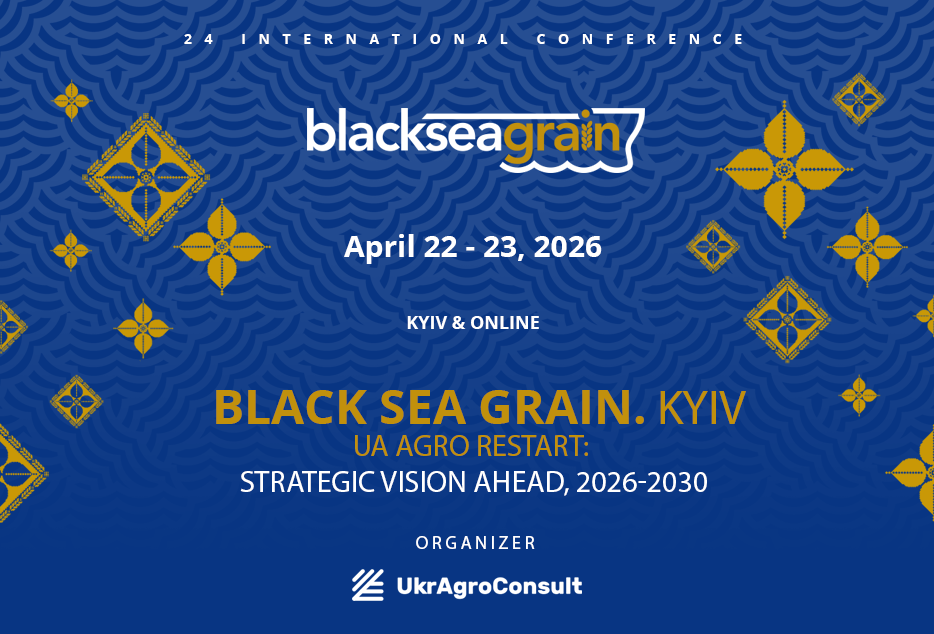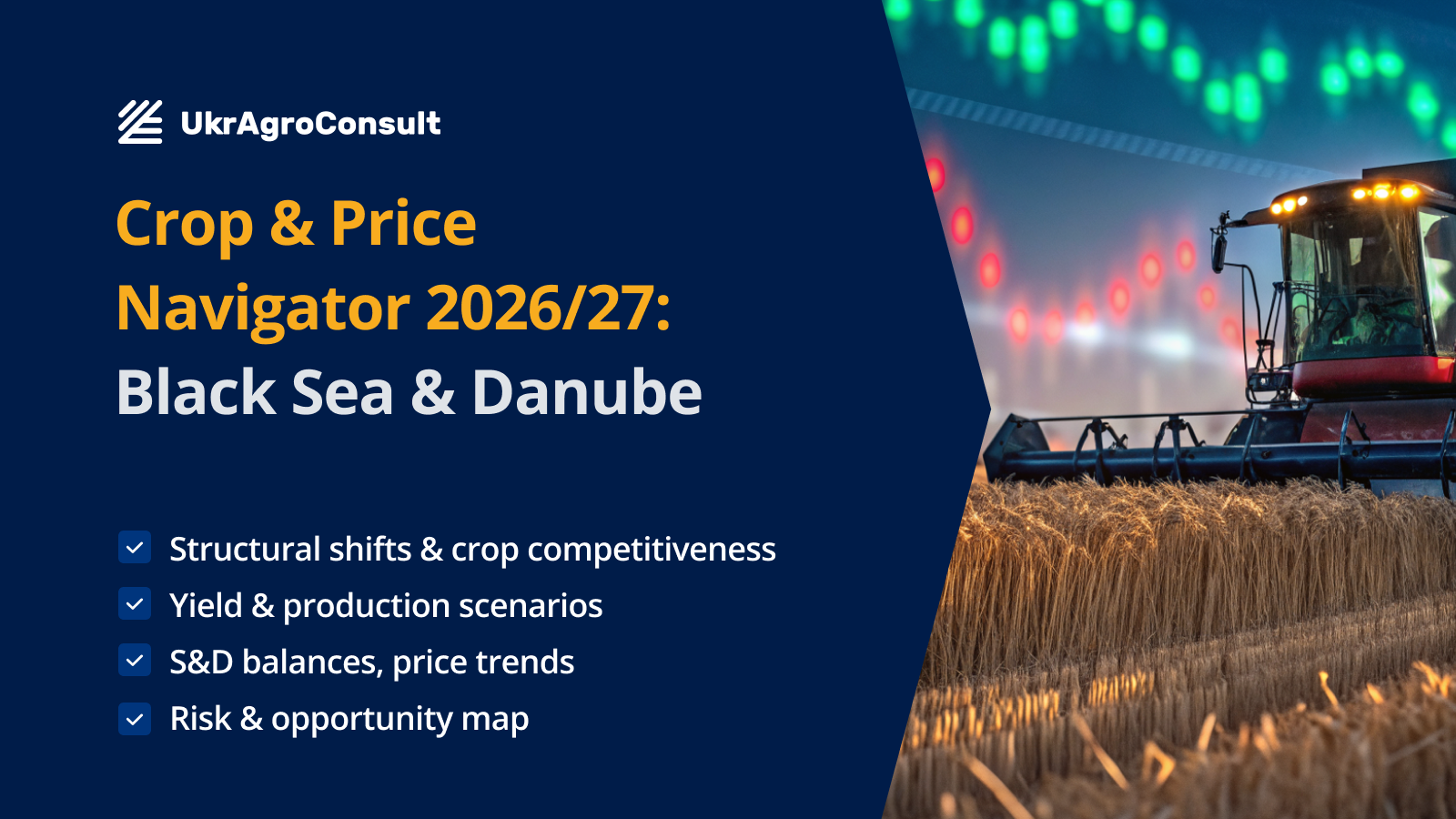European potato growers suffer from rain and disease

In the Northern European Growing Countries (NEPG), the production sector is facing another season of heavy rains that have made planting difficult and increased uncertainty about the future.
This is reported by Potato.Pro.
In the NEPG region (Northwest European Growers Group), the area allocated for potatoes will increase by 4-6% in 2024. The planting calendar was one of the longest on record: this spring it lasted 8 to 10 weeks. The fields are at different stages of development, from full flowering to the end of tuberization, with tubers the size of goose eggs.
Seed production is increasing in France, while in the Netherlands it remains stable. However, hundreds of hectares of seed have been severely damaged by flooding, especially in the Netherlands. There are still no clear indicators on tuberization and tuber counts, which creates additional uncertainty for producers.
Demand for industrial potatoes in the NEPG zone, which includes producers from France, Germany, Belgium and the Netherlands and larger processing capacities, mainly in France, continues to grow.
However, sales of frozen French fries and other processed products have recently stabilized or even declined.
Competition in the market is growing not only with North American producers, but also with countries such as China, India, Turkey and Argentina. This poses a significant challenge for European manufacturers, who must take these changes into account when planning their future expansion or investment.
The risks for European potato growers have never been higher. The combination of climate change, the high pressure of this season, and the resistance of some new strains of late blight is creating an increasingly challenging environment.
In addition, the insufficient availability of fungicides and the use of varieties that are susceptible to late blight and require intensive fumigation further complicate the situation. This raises many questions about the quantity and quality of the future harvest. Late-planting varieties, some of which are not intended for processing, may not reach a sufficiently large size or adequate weight.
Read also
Write to us
Our manager will contact you soon



